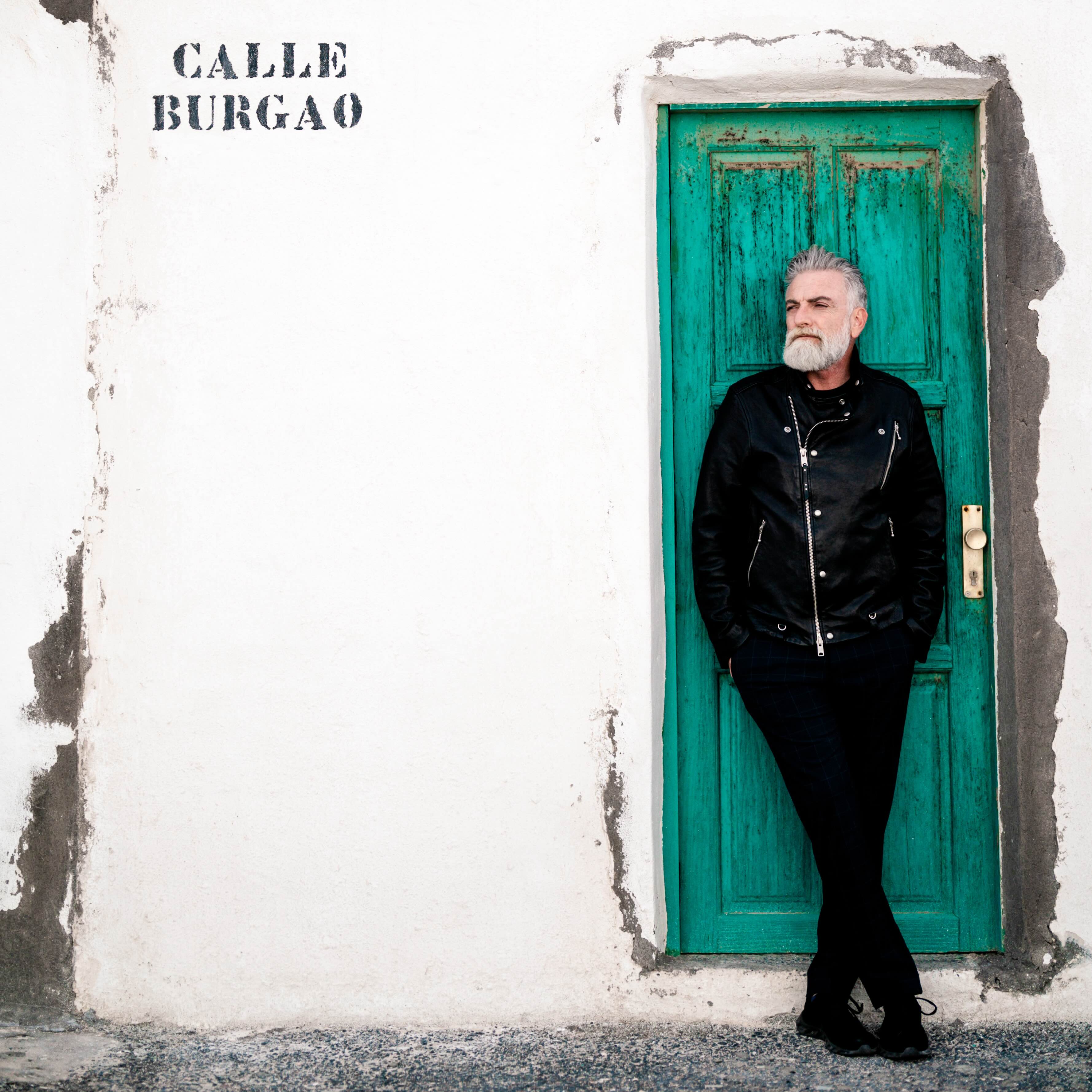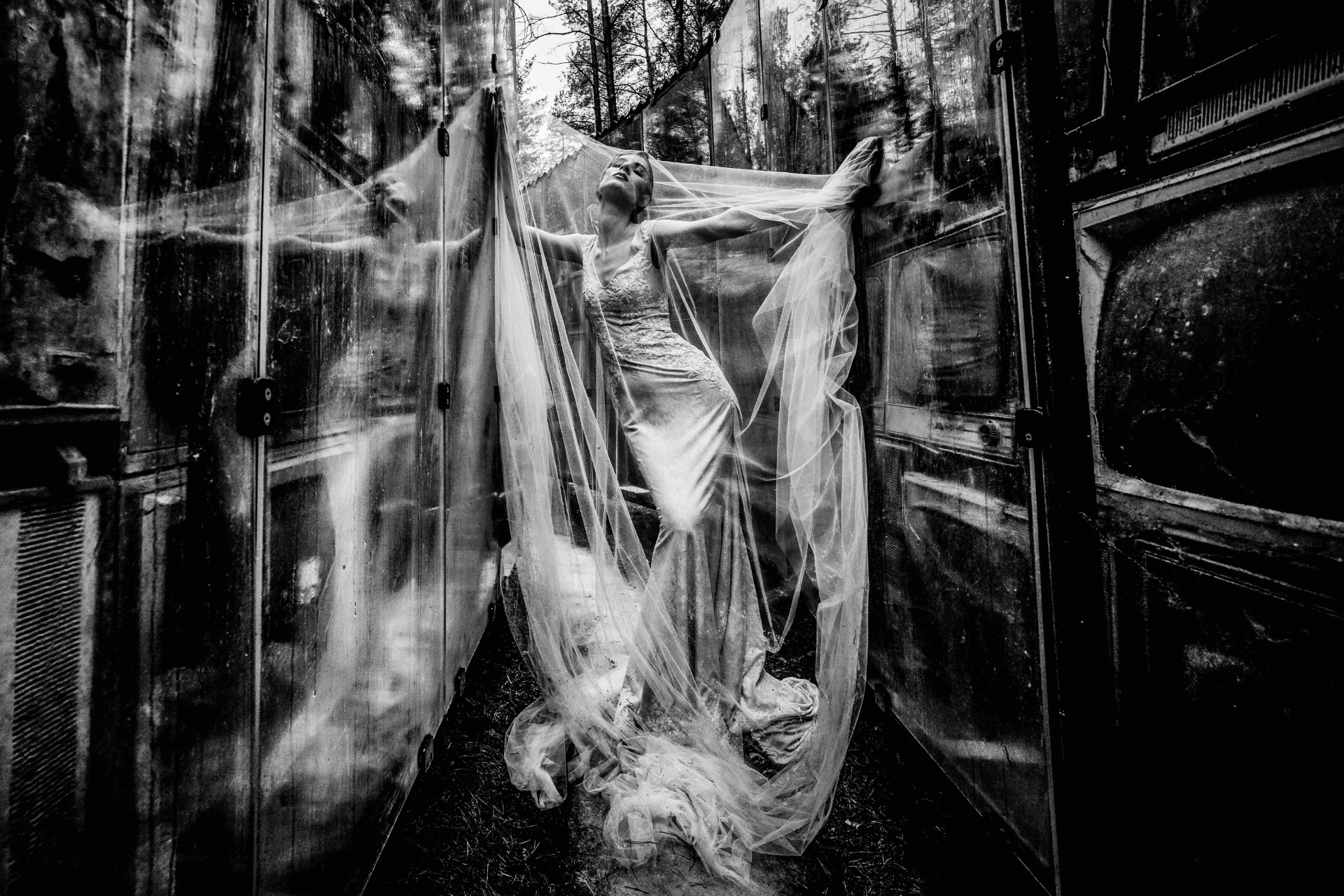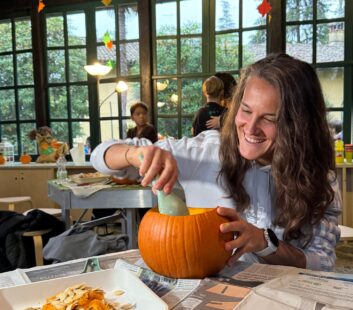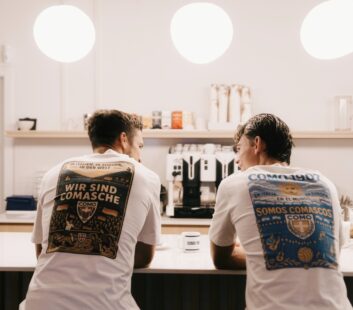
LIFESTYLE
Cristiano Ostinelli: His Photography Journey
“Eyes on the Lake”
Inside the poetic world of wedding photographer Cristiano Ostinelli, where Como’s light and the lens of love shape stories of a lifetime.
Cristiano Ostinelli doesn’t take photographs. He captures quiet miracles. From the glimmering waters of Lake Como to the snow-dusted rooftops of St. Petersburg, his lens has followed love across continents and cultures, always with the same purpose: to document the unrepeatable.
Born in Como and raised in the lakeside village of Blevio—“with my feet in the water and my head in the clouds,” he recalls—Ostinelli’s connection to the place is more than geographical. “When you begin to photograph, your surroundings naturally shape your style,” he tells BLU. “The lake, yes, but also the mountains—only they can give this place its depth, this sense of perspective.” For Ostinelli, the perspective isn’t only physical—it’s emotional.

His first steps were humble. A self-taught photo enthusiast, he devoured books on both technique and the masters before ever stepping behind a professional lens. “To afford equipment, I started helping out local photographers,” he says. “Then I understood: this could be my life.” That life would eventually take him far from Como, leading destination weddings in Dubai, Iceland, Bali, India, the US, and the Maldives, to name just a few. Today, he is a Sony Imaging Ambassador and widely regarded as one of the most celebrated wedding photographers in the world.
And the accolades prove it. Ostinelli has been named “Wedding Photographer of the Year” three times in the United States by leading global associations such as WPJA and ISPWP, and four times in the UK by the prestigious Master Photographers Association. His work has appeared in Vogue, Harper’s Bazaar, and Brides, and he has spoken at international conferences in more than 15 countries, from China to Scandinavia.

Still, his process remains rooted in something intimate. “Every wedding is different, because people are different,” he says. “I don’t distinguish between famous or not, rich or not—I’m a photographer, and I adapt to whatever’s in front of me.” He’s discreet but present, a documentarian of emotion rather than artifice. “The most important thing is always creating a connection with people.”
He’s photographed weddings of footballers, actors, tech entrepreneurs. And yet, he maintains that it’s the subtlety of the moment, not the status of the subject, that gives a shot its soul. “I was one of the first to understand that the best photos on the lake happen from the water,” he notes. “There’s no better view than from a boat.”
Technology, too, plays a role, but for Ostinelli, it’s secondary to vision. “I started with film—it was far more complex. Today’s tools make things easier, but the camera is only a tool. Talent must be nurtured through experience, travel, study, movies, exhibitions. It’s these small things that shape your style.”
That philosophy extends to his advice for emerging photographers: “Study. Travel. See—not just look. Cinema has been fundamental for me.”

Despite his globe-trotting schedule, Como remains his center of gravity. “Most of my work still happens here. I adore this territory, I know it deeply. I hope the recent tourism boom will push the city forward—it’s been sleeping too long.” He’s candid about change. “Progress doesn’t scare me. I’m happy about the stadium renovation, as long as it stays by the lake.”
When asked about Como 1907. “As a child, my father took me to the stadium. I saw Maradona, Platini, Van Basten—all from Sinigaglia. I was part of the organized fan group Fossa Lariana.” Though he’s distanced himself from football in recent years, the nostalgia remains. “I still go to the pool at the stadium—literally under the stands. Watching the place fall apart was heartbreaking. But now there’s hope again.”
Cristiano Ostinelli’s story is one of rootedness and flight, of tradition and reinvention. He lives in one of the world’s most photographed places—yet somehow, he still manages to show us something we haven’t seen.



